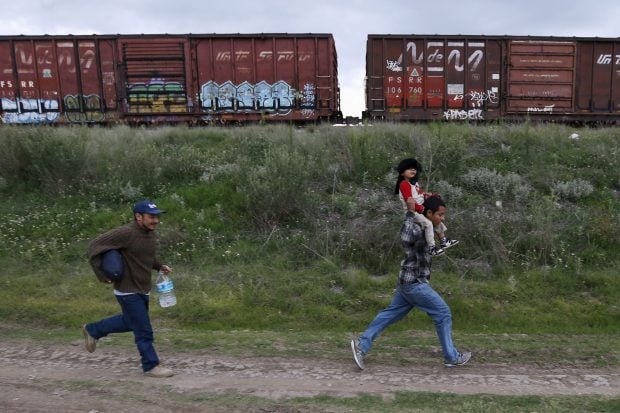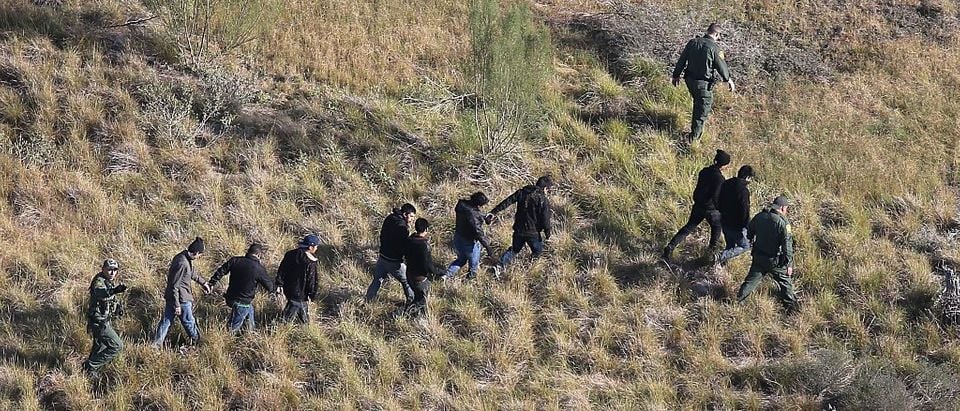Native-born American men without a high school degree are rapidly disappearing from the work force only to be replaced by immigrant dropouts, according to a study published Tuesday by the Center for Immigration Studies.
The study compares hours worked annually over time by prime-age low-skilled native born American men and prime-age low-skilled immigrant men. Prime working age in the study is defined as ages 25 to 54. As education attained for a native-born prime-age American increases, the hours worked difference between their immigrant counterparts decrease.
Native-born prime-age Americans without a high school degree worked an average of 34.8 hours a year between 2003 and 2015. Immigrant prime-age high school dropouts worked an average 48.9 weeks a year in that same time frame. This is a difference of 14.1 weeks, the gap for high school graduates is 4.3 weeks. The gap is below 1 weeks for the other educational levels.
Jason Richwine, the author of the study, also noted, “for immigrants, the correlation between education and work time is less evident. From dropouts to college graduates, immigrants work roughly 50 weeks per year.”
There has been a noted trend of native-born prime-age American men leaving the work force in the past half-century, but it has been most pronounced among the least-skilled.
“Among natives without a high school degree, the fraction who were neither working nor looking for work rose from 26 percent in 1994 to 35 percent in 2015,” Richwine wrote. “Over the same period, the fraction of their immigrant counterparts who were out of the labor force actually declined from 12 percent to 8 percent.”

A Salvadoran father (R) carries his son while running next to another immigrant as they try to board a train heading to the Mexican-U.S. border, in Huehuetoca, near of Mexico City, June 1, 2015. An increasing number of Central Americans are sneaking across Mexico’s border en route to the United States. Picture taken June 1, 2015. REUTERS/Edgard Garrido
The CIS study also looked at the share of weeks worked by native prime-age men and the their share of the population. As with the other findings, low-skilled native-born Americans are hit the hardest. Prime-age high school dropout native-born Americans make up 53.1 percent of the U.S population, yet 44.6 percent of the high dropout weeks worked. This is a gap of 8.5 percent. For high school graduates the gap is .7 percent and the difference it gets smaller as educational level increases.
“Although immigrants work more than natives in both categories, natives so outnumber immigrants among high school graduates that the population share and labor share are still almost the same for natives,” Richwine wrote. He added, “The presence of immigrant dropouts, however, is keenly felt by native dropouts, since the population sizes are roughly equal.”


